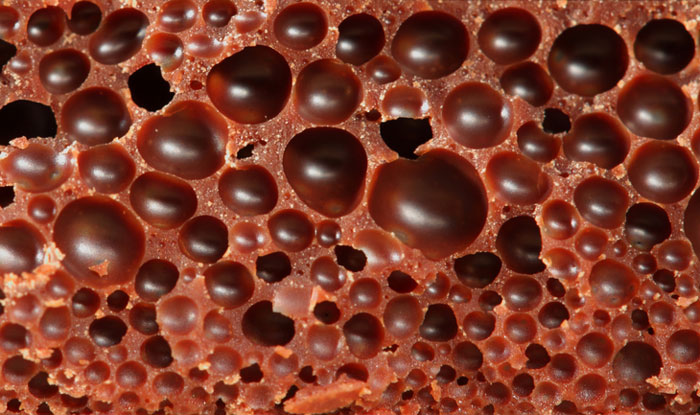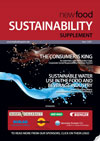NIR and class-modelling methods for brand protection in food and beverages
6 September 2011 | By Professor Gerard Downey, Teagasc Food Research Centre Ashtown
The penetration of on-line NIR equipment in the food processing industries continues to grow as companies realise the full potential of this technique. For the most part, it is deployed to monitor concentrations of key components in a raw material or finished food product and, with the use of feedback…










